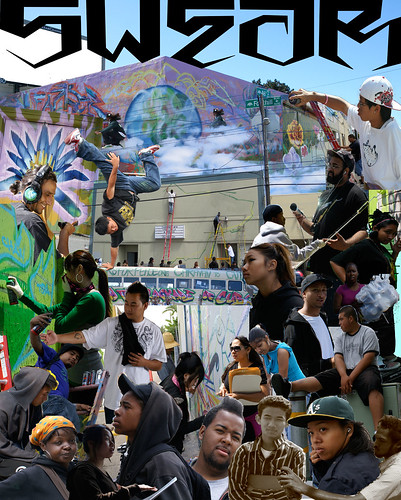Redevelopment Cuts Point to Growing Need for Comprehensive Abatement Strategy |
In the short term, this plan benefitted developers while falling short of initial occupancy projections. In the long-term, it helped generate political momentum for Brown’s eventual runs for state Attorney General and ultimately, Governor. It is the deepest and most bitter irony that a politician whose career benefitted so much from redevelopment funding would then seek to cut those funds for the city whose well-being he once was accountable.
This is the situation we find ourselves in today.
The problem with this approach is, if you take away the funding, you still have done nothing to alleviate the underlying issue. Thusfar, the City of Oakland has made no provision for alternate funding for these critical public art programs. These cuts are especially cruel because the area in which the murals were slated to be painted in—colloquially referred to as “Deep East Oakland”—has a dire need for rejuvenatory art. The area between Hegenberger and 106th Ave. is a high-blight, high-crime area plagued by prostitution and drug use. The area between Hegenberger and 23rd Ave is almost as bad. Without effective blight reduction, the issues facing both areas will likely worsen.
|
It is in the best interest of all stakeholders to work together to come up with a long-term solution to the ongoing problem of blight and abatement. Failure to do so can only drag our city down back into the depths from which it has struggled so mightily to emerge from.
|
|
For more information about CRP, interviews with CRP artists, or sample images for media usage, contact Desi at CRPBayArea@gmail.com or (510) 269-7840.
|









